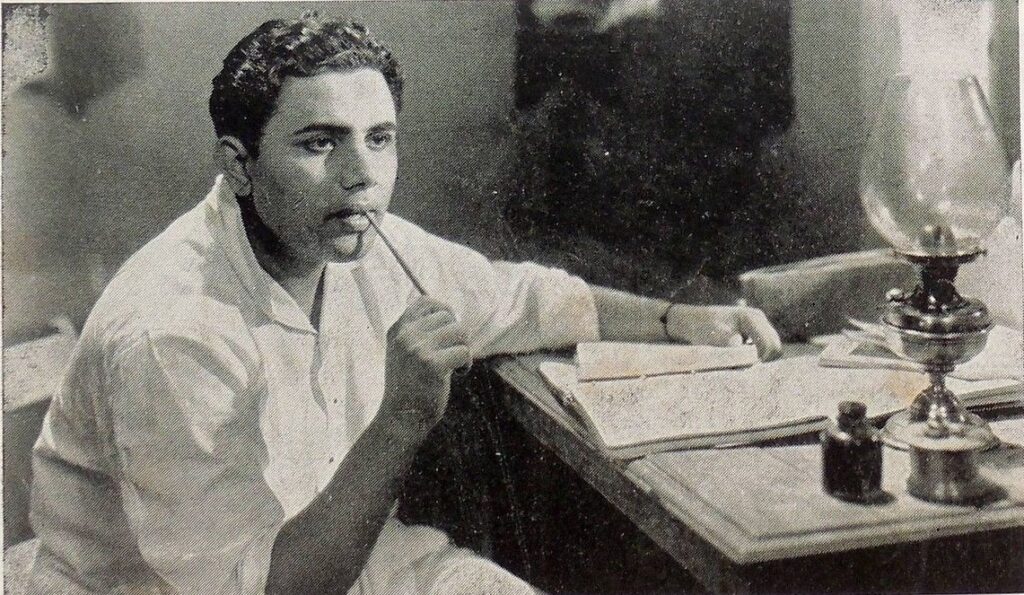Master Vinayak: The Trailblazer of Marathi Cinema and Mentor to a Film Dynasty
By Amit Kumar

Vinayak Damodar Karnataki, popularly known as Master Vinayak, was a luminary of the 1930s and
1940s Indian film world, who left an indelible mark as both an actor and director. Born on 19 January
1906 in Kolhapur, Maharashtra, Master Vinayak was at the forefront of Marathi cinema during its
formative years.
From his earliest days, he was immersed in a family connected deeply to the arts. His marriage to
Sushila blessed him with seven children, including the celebrated actress Nanda and film producerdirector Jayaprakash Karnataki, who is married to actress Jayshree T. Talent ran in his family: his
brother Vasudev Karnataki became a noted cinematographer, while his half-brothers Baburao and
Bhalji Pendharkar were pioneering figures in Indian cinema. As a maternal cousin of legendary
filmmaker V. Shantaram, Master Vinayak’s environment nurtured a rich creative spirit.
In 1936, Master Vinayak co-founded Huns Pictures, a studio through which he shaped the Marathi
film industry. His 1938 film Brahmachari is particularly memorable, breaking social conventions by
featuring Meenakshi Shirodkar wearing a bathing suit a bold move that stirred controversy but
also pushed cinematic boundaries.
Vinayak’s legacy carries beyond direction and acting. He is also famously credited with introducing
the iconic singer Lata Mangeshkar to films through his production Pahilee Mangalagaur,
underscoring his role as a nurturer of talent.
His filmography includes notable works such as Dr. Kotnis Ki Amar
Kahani (1946), Amrit (1941), Sangam (1941), and the early classic Ayodhyecha Raja (1932). As a
director, his diverse output stretched from socially-conscious dramas to mythological epics and
musicals, reflecting both his range and commitment to quality storytelling.
Master Vinayak passed away in Mumbai in 1947, but his artistic descendants continue to shape
Indian cinema, solidifying his place as a foundational pillar of Marathi and Hindi films. His life’s work
remains a testament to innovation, courage, and the power of cinema to reflect and challenge
society.
